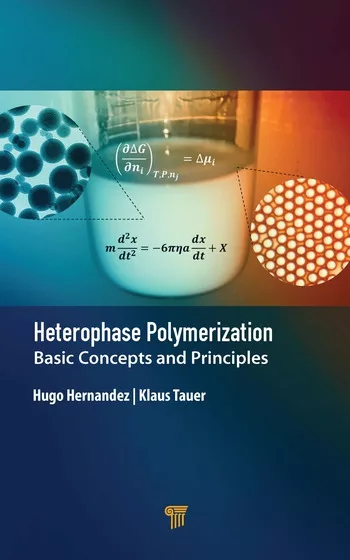Ask Dr. Dave: August 2012
QUESTION: What types of adhesives can we use for very high-temperature applications (over 400°C)?
ANSWER: You should be looking at inorganic adhesives for these types of temperatures. Few organic adhesives can perform above 250°C, but certain inorganic ceramic adhesives have been developed to offer a service temperature of over 2,000°C. These adhesives are based on inorganic binding compounds, such as sodium silicates and various metal phosphates, with carbon, alumina, silica, magnesia or zirconia powder fillers.
Ceramic adhesives can be formulated into one- or two-part systems and are often supplied as a water-based binder solution and ceramic filler, which can be mixed into a slurry for application as adhesives or sealants. Suitable selection of the binder—and, more importantly, the filler—allows the adhesive’s coefficient of thermal expansion to be matched to that of a substrate to minimize stresses during heating and cooling. One-component adhesives will cure slowly by drying or can be heated to speed up the process. Formulations for which cure is accelerated by atmospheric moisture are also available.
These adhesives are often prime candidates for applications where low electrical conductivity and high thermal conductivity are crucial. The most important uses for inorganic adhesives are for high-temperature applications, particularly in ceramic and ceramic-to-metal bonding. Typical applications include infrared heaters, lamps and lighting, circuit breakers, high-temperature filters, and thermocouples.
Looking for a reprint of this article?
From high-res PDFs to custom plaques, order your copy today!




